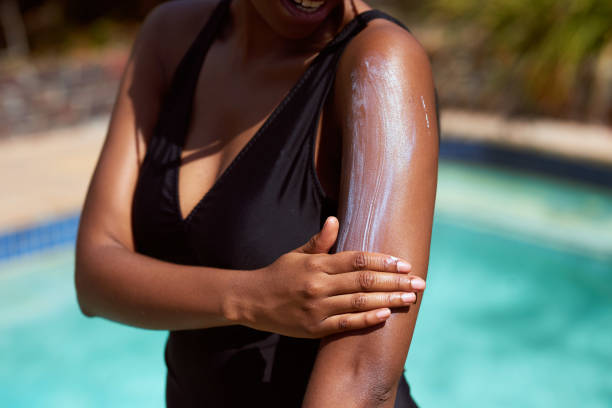Ashy Skin: A War Black Folks Can Win


In elementary school, ashy knees and elbows can grab attention across a playground or cafeteria. So imagine the impression an adult makes when they arrive for an interview or attend a social event looking like they’re wrapped in dingy cheese cloth. There is nothing even slightly attractive about the sight of skin ash at any age.
Skin ash results from dryness. The condition is more visible in Black Americans because it clashes with our skin tone, Dr. Earnest Levister, MD wrote in his column.
A study suggests that Black Americans shed more than Caucasians and another found that Black people lose greater amounts of water through their skin. These findings could support theories that Black Americans suffer from dry skin at disproportionate rates. Combine that with the fact that ashiness affects individuals of all ages and many people may conclude that this condition is one that we just have to deal with.
Those choosing to deal with ashy skin should do so actively, not passively. Some skin conditions require expensive products or procedures, dry skin can usually be cured with moisture and a change in habits.
Combating Ash: Developing An Action Plan
Drink Water
The fight against ashy skin should begin with efforts to drink adequate amounts of water. Depending on age, this will ideally involve drinking four to nine glasses per day.
More may be needed under certain circumstances, such as when a person is exposed to high levels of heat.
RELATED: 7 Golden Rules To Avoid Dry Skin
Exfoliate
Billions of skin cells are produced every day, which could lead to the assumption that everyone should look radiant all the time. Unfortunately, this is not the case because new cells are often buried below dried-out, dead cells, resulting in dull-looking skin.
Dead cells eventually part ways with the body and another layer of skin will be exposed. If that layer is also dry and unhealthy, there is a recurring cycle of dullness.
Individuals can intervene, however, by exfoliating. This is a process that involves intentionally removing dead skin and exposing new




